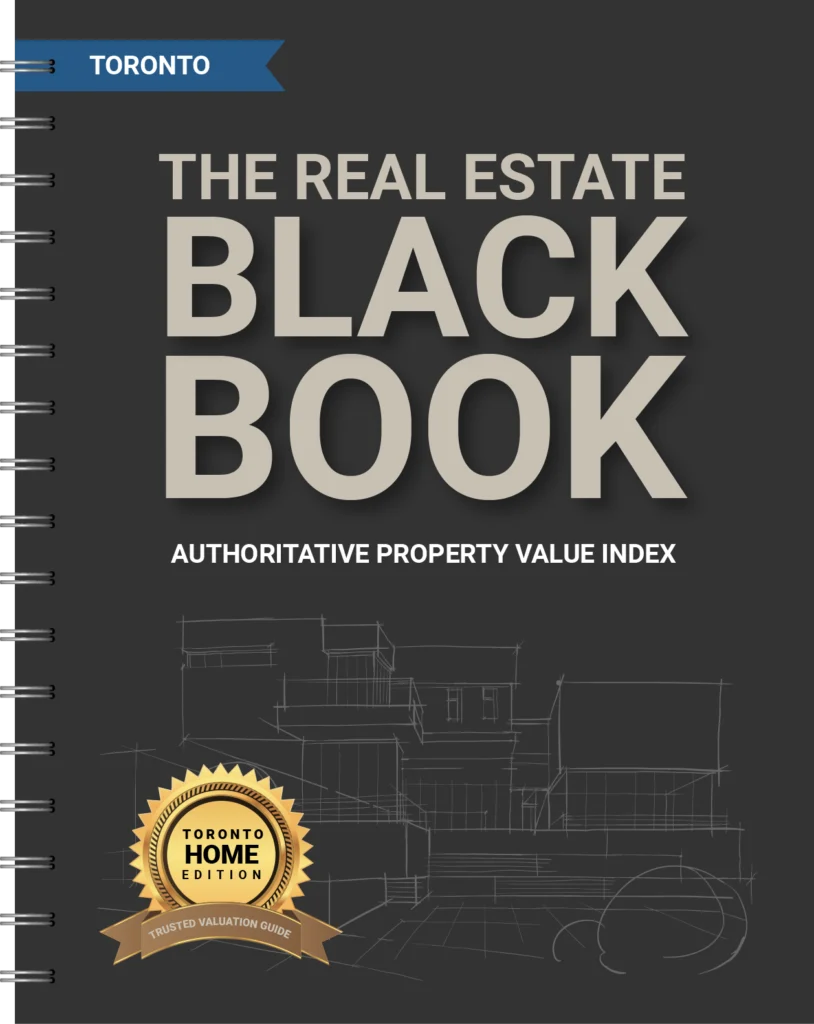With recent changes to the mortgage stress test, many Toronto homeowners are now considering switching their mortgage to another lender. Moving your mortgage, also known as a “mortgage transfer,” involves taking your existing mortgage balance and transferring it to another bank, often to get a better rate or more favourable terms. This blog explores why moving your mortgage might make sense and provides a step-by-step guide on how to do it.
Why Make a Mortgage Transfer to Another Bank?
The new mortgage rules introduced in 2024 have made it significantly easier for homeowners to transfer their mortgage from one bank to another. Previously, borrowers had to pass the mortgage stress test again if they wanted to switch lenders at renewal, which often deterred them from doing so. However, starting November 21, 2024, Canada’s banking regulator, the Office of the Superintendent of Financial Institutions (OSFI), has eliminated the requirement for uninsured borrowers to undergo the stress test when moving to a new lender upon renewal, as long as the mortgage size and amortization period do not change.
This change aims to provide more flexibility and promote competition in the mortgage market, allowing borrowers to shop around for better rates without being hindered by re-qualification barriers. Now, if you currently have an uninsured mortgage, you can move your mortgage to another bank at renewal without undergoing the stress test, making it easier to secure a better deal.
1. Better Interest Rates
Toronto’s mortgage market is competitive, and lenders are often eager to offer lower rates to attract new customers. By switching banks, you might lock in a more favourable interest rate, which can save you thousands of dollars over the term of your mortgage. With the recent changes to the stress test making it easier for some to qualify, more homeowners are now considering moving their mortgages.
Benefits of Moving for Better Interest Rates:
- Lower Monthly Payments: A better interest rate can lead to reduced monthly mortgage payments, allowing you to allocate more of your income towards savings or other expenses.
- Significant Long-Term Savings: Even a small reduction in the interest rate can translate into thousands of dollars saved over the life of the mortgage.
- Access to Promotional Offers: Lenders often provide promotional offers, such as cash back incentives or fee reimbursements, for new clients switching their mortgage.
The potential for reduced payments and long-term savings makes it worthwhile to explore better rates, especially in a fluctuating market like Toronto.
2. Improved Terms
Aside from rates, mortgage terms like prepayment options, penalties, and renewal conditions vary among lenders. If you’re unhappy with the conditions at your current bank, transferring your mortgage might offer more flexibility.
Key Benefits of Improved Mortgage Terms:
- Enhanced Prepayment Options: Switching lenders could give you the option to make extra payments without penalties, which helps in paying down your mortgage faster.
- Reduced Penalties: Some lenders may have lower penalties for breaking the mortgage early, which could save you money if you decide to refinance or sell your property in the future.
- More Favourable Renewal Conditions: Switching to a lender with more flexible renewal terms can help ensure you stay in control of your mortgage at the end of each term.
Improving the terms of your mortgage can provide you with greater flexibility, making it easier to adapt to changes in your financial situation.
3. Access to Home Equity
Switching to a new lender can sometimes make it easier to access your home equity. As Toronto home values have continued to rise, many homeowners are taking advantage of their increased equity to consolidate debt or fund renovations.
How Accessing Home Equity Can Benefit You:
- Debt Consolidation: Using your home equity to pay off high-interest debts can simplify your finances and reduce your overall interest costs.
- Home Renovations: Accessing equity can provide the funds needed to make improvements to your property, potentially increasing its value.
- Investment Opportunities: Leveraging home equity can also be used to invest in other properties or opportunities that yield a higher return.
Accessing your home equity through a new lender can help you achieve broader financial goals, whether it’s paying off debts or improving your property.
How to Complete a Mortgage Transfer: A Step-by-Step Guide
Transferring your mortgage to a different lender involves several steps. Below is a simplified guide to help you understand the process:
Step 1: Assess Your Current Mortgage for Transfer
Before making any moves, evaluate your current mortgage. Look at the remaining term, interest rate, and any penalties for breaking your mortgage early. In Canada, many fixed-term mortgages come with prepayment penalties if you leave before the end of your term. These penalties can sometimes be quite high, so it’s important to weigh them against the potential savings with a new lender.
Key Points to Consider When Assessing Your Mortgage:
- Prepayment Penalties: Determine how much it would cost to break your existing mortgage and whether the savings with a new lender justify this cost.
- Remaining Term: Consider whether it’s better to switch lenders now or wait until the end of your current term to avoid penalties.
- Current Interest Rate: Compare your existing rate with the rates available from other lenders to gauge potential savings.
Taking the time to assess your current mortgage is crucial for understanding the financial implications of making a switch.
Step 2: Shop Around for Lenders
Start researching different lenders and the rates they offer. It’s wise to approach multiple lenders, including both major banks and credit unions, to see who can offer the best rate and terms. With the recent stress test changes, some lenders may be more willing to negotiate, particularly if your credit history and debt profile are strong.
Tips for Finding the Right Lender:
- Compare Rates and Fees: Look beyond interest rates to consider fees, including appraisal and legal costs.
- Consider Incentives: Many lenders offer incentives, such as covering appraisal fees or offering cash back, which can make the switch more attractive.
- Use a Mortgage Broker: Mortgage brokers can help you access a wider range of lenders and negotiate on your behalf to get the best deal.
Shopping around helps you find the lender that best meets your needs, ensuring you get the most out of your mortgage transfer.
Step 3: Get Pre-Approved
Once you’ve found a lender that meets your needs, get pre-approved for a mortgage transfer. During this process, you’ll need to submit financial documents, including proof of income, credit score, and other relevant information. The pre-approval will give you a better idea of what kind of terms you can expect.
Documents Needed for Pre-Approval:
- Proof of Income: Recent pay stubs, T4s, or tax returns.
- Credit Report: Your credit score will play a significant role in determining your eligibility.
- Existing Mortgage Details: Information about your current mortgage, including the balance and terms.
Getting pre-approved provides clarity on what you can expect from a new lender, helping you move forward confidently.
Step 4: Prepare for Appraisal
The new lender may require an appraisal of your property to determine its current value. In Toronto’s dynamic market, values can fluctuate, so an appraisal ensures the lender that the property is still worth the value of the mortgage. Some lenders offer incentives by covering appraisal costs, so be sure to ask about this.
Appraisal Considerations:
- Property Condition: Ensure your property is in good condition to get the best possible appraisal value.
- Market Trends: Recent sales in your neighbourhood can impact your appraisal, so keep informed about local market activity.
- Lender Incentives: Ask if the new lender will cover the cost of the appraisal as part of their promotional offers.
A successful appraisal is a key step in the mortgage transfer process, as it reassures the lender of the value of the property.
Step 5: Finalize Your Mortgage Transfer
Once the new lender approves your mortgage, they will work with your current lender to transfer the balance. This involves some paperwork, including discharge fees and legal costs, but these are often covered or reimbursed by the new lender if you negotiate. After the transfer is finalized, you will start making mortgage payments to the new bank.
Steps to Finalize Your Mortgage Transfer:
- Review the Offer: Carefully review the new mortgage offer to ensure it meets your expectations.
- Negotiate Fees: Work with the new lender to cover as many fees as possible, such as discharge and legal fees.
- Sign the Agreement: Once satisfied, sign the mortgage agreement and complete the transfer.
Finalizing the transfer requires careful review and negotiation to ensure you receive the best terms possible.
Is Now the Right Time to Make the Switch?
With the updated mortgage rules, many Toronto homeowners may find that moving their mortgage to a new lender is more attainable than it was in previous years. Lower barriers to re-qualification mean that if you’re unhappy with your current rate or terms, it could be worth exploring other options.
However, it’s essential to consider all factors, including penalties, fees, and current market conditions. Switching your mortgage could lead to significant savings, but only if the timing and circumstances are right. Consulting with a mortgage broker or real estate expert familiar with Toronto’s market can provide invaluable insights to help you make an informed decision.
Final Thoughts
Moving your mortgage can be a smart financial move, but it’s important to navigate the process with care. Weigh the costs and benefits, assess your current financial situation, and speak with professionals who can guide you through the complexities of the process. With the right strategy, you could take advantage of today’s evolving mortgage landscape to save money and gain better control over your financial future.



